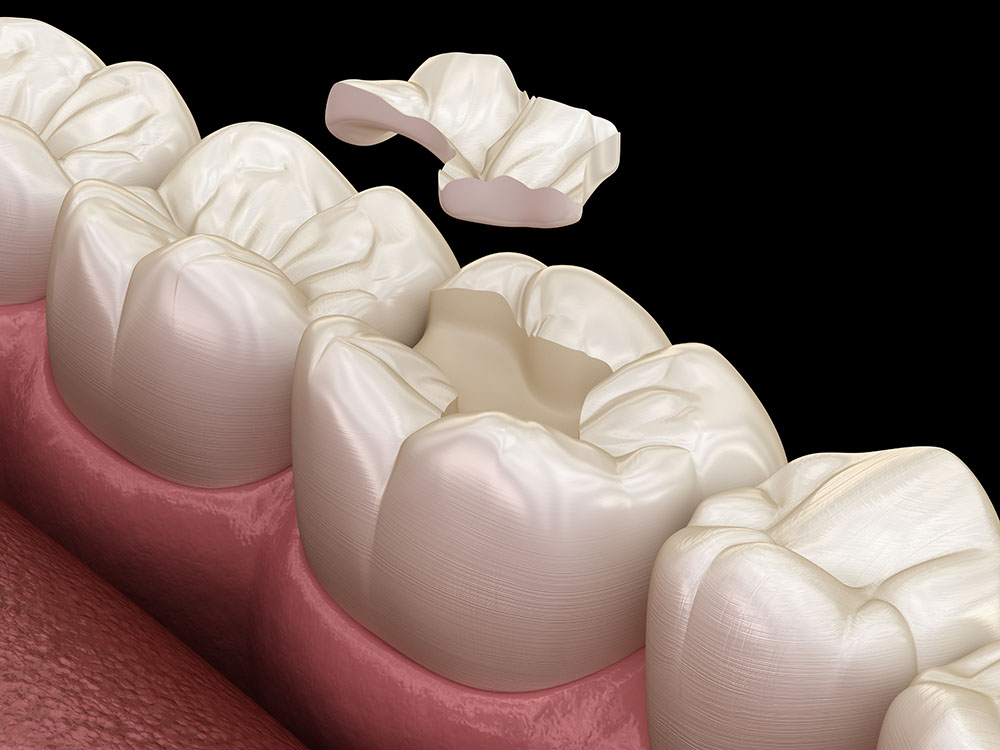Dental Fillings

Dental fillings can repair the function and appearance of a tooth damaged from decay. Fillings fill small holes or cavities caused by bacteria; if these cavities or holes are left untreated, however, they expand, creating larger holes and eventually destroying the tooth.
Fillings help stop the destructive process and save the natural tooth, eliminating future discomfort and the need for expensive extractions or replacements.
The procedure for dental fillings is simple. First, the patient is given a local anesthetic to numb the area around the damaged tooth. (Sometimes numbing is not needed if the filling is small or the patient declines it.) After that, the dentist removes the decay using a drill. Once the decayed area has been removed, the drill may be used again to shape the tooth to ensure the filling will fit correctly. (A bright light device may be used to help harden the filling solution once it has been applied.) Afterward, the dentist will polish your improved tooth to make it appear smooth and similar to the rest of your teeth.

